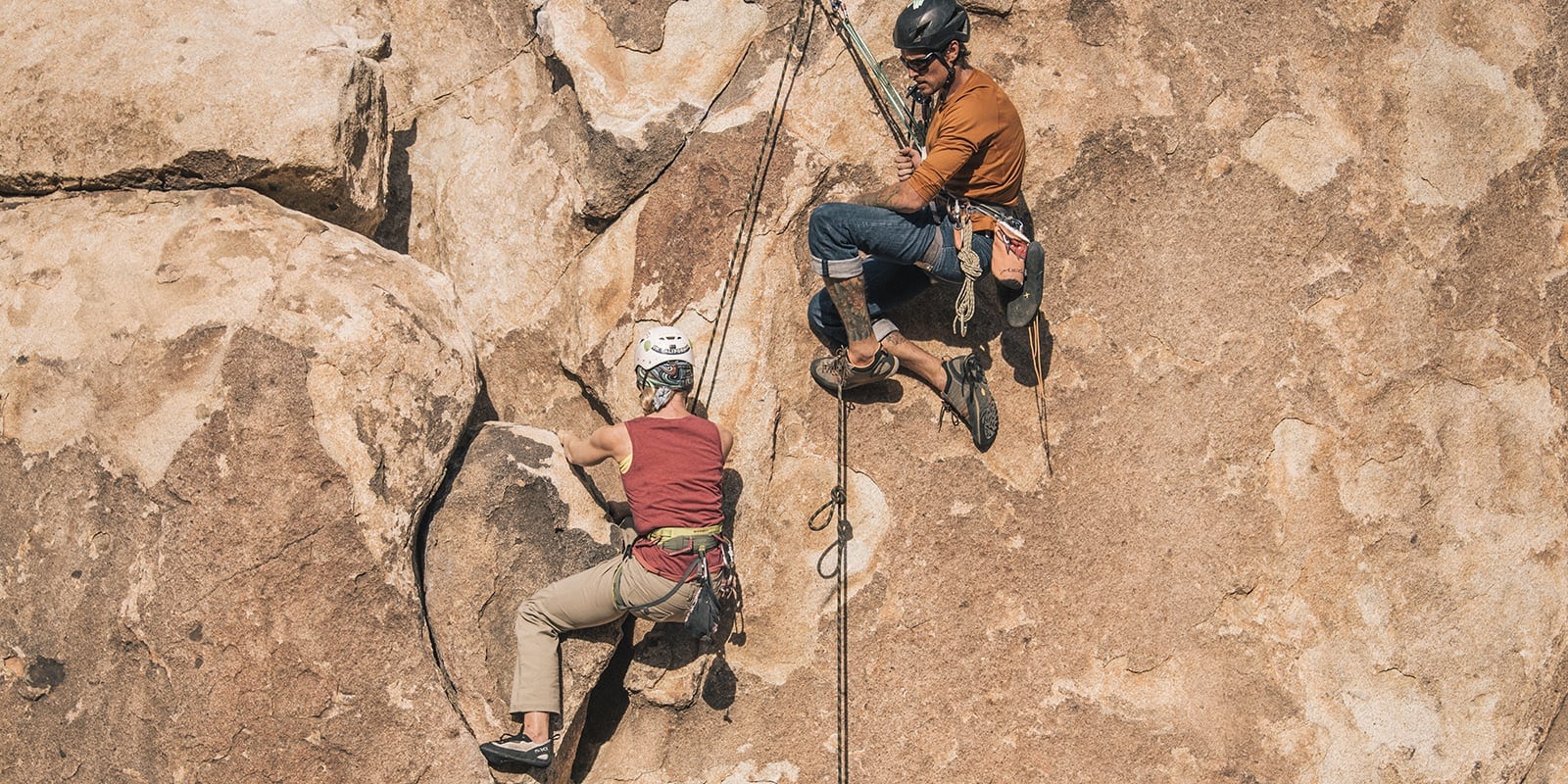To leave no trace while camping, follow these tips: Pack out all trash and waste, minimize campfire impact. Leave nature as you found it to preserve the environment and keep the area clean for others to enjoy.
Leaving no trace while camping is essential to preserve natural areas and protect the environment for future generations. Whether you’re an experienced outdoor enthusiast or a beginner camper, practicing Leave No Trace principles is crucial to minimize your impact on the environment.
By following simple guidelines, you can enjoy your outdoor adventures while ensuring that the natural beauty of campsites remains unspoiled. We’ll explore the principles of Leave No Trace camping and provide practical tips for applying them during your outdoor excursions. With a few small adjustments to your camping habits, you can make a big difference in preserving the natural world.
Understanding Leave No Trace Principles
Understanding Leave No Trace (LNT) principles is crucial for anyone who loves to explore the outdoors. Whether you’re an avid backpacker, camper, or simply a nature enthusiast, practicing Leave No Trace principles is essential for minimizing your ecological footprint and preserving the natural beauty of the wilderness.
Definition Of Leave No Trace (lnt) Camping
Leave No Trace (LNT) camping is a set of outdoor ethics that promote responsible and sustainable recreational activities in natural areas. It emphasizes leaving the environment as undisturbed as possible, ensuring that future visitors can enjoy the same pristine wilderness.
Importance Of Lnt Principles For Minimal Impact
The importance of Leave No Trace principles cannot be overstated. By adhering to these principles, outdoor enthusiasts can minimize their impact on the environment, protect wildlife habitats, and maintain the ecological integrity of the natural surroundings. This ensures that the wilderness remains unspoiled for future generations to experience and enjoy.
Preparing For Leave No Trace Camping
Prepare for Leave No Trace camping by packing out all waste, leaving natural objects undisturbed, and minimizing campfire impact. Plan your trip in advance, select durable camping spots, and respect wildlife habitats. Follow these principles to preserve nature while enjoying the great outdoors.
Essential Gear And Supplies For Lnt Camping
When preparing for Leave No Trace camping, it’s crucial to pack the right gear and supplies to minimize the impact on the environment. Essential gear for LNT camping includes:
- Biodegradable soap
- Reusable water bottles
- Portable water filtration system
- Lightweight and compact tent
- Compostable trash bags
- Leave No Trace principles guidebook
Proper Waste Disposal And Carrying Out Trash
Effective waste disposal is a fundamental aspect of Leave No Trace camping. Proper waste disposal involves:
- Carrying out all trash and waste
- Separating recyclables from general waste
- Utilizing compostable materials for organic waste
- Using designated waste disposal facilities if available
Practicing Leave No Trace Principles At The Campsite
To practice Leave No Trace principles at the campsite, always pack out all trash, minimize campfire impacts, respect wildlife, and be considerate of other visitors. It’s important to stick to durable surfaces, properly dispose of waste, and leave nature undisturbed for future campers.
Selecting A Low-impact Campsite
When setting up your campsite, select a location that has been used before. This helps minimize the impact on the environment. Avoid trampling vegetation and stay at least 200 feet away from water sources to protect the fragile ecosystems. Follow any specific guidelines or restrictions established by the area management.
Campfire And Cooking Guidelines For Minimal Impact
When cooking and enjoying a campfire, it’s important to follow the Leave No Trace principles for minimized impact:
- Use a camping stove for cooking to minimize fire impact on the environment.
- If campfires are allowed, use existing fire rings and keep the fire small to reduce wood consumption and prevent long-lasting impact on the surroundings.
- Make sure to completely extinguish the fire before leaving the campsite.

Credit: www.rei.com
Hiking And Leave No Trace Ethics
When embarking on a hiking adventure, it’s crucial to adhere to Leave No Trace ethics to minimize our impact on the natural environment. Responsible hiking practices not only help preserve the beauty of these outdoor spaces but also ensure they remain unspoiled for future generations.
Responsible Hiking Practices
When engaging in hiking activities, it’s essential to follow responsible hiking practices to maintain the integrity of the natural environment. This includes staying on designated trails, minimizing any damage to surrounding flora and fauna, and respecting the natural habitats of wildlife. By adhering to responsible hiking practices, we can ensure that the ecological balance is maintained and that these beautiful landscapes remain unspoiled for years to come.
Minimizing Impact On Trails And Wildlife
Minimizing our impact on trails and wildlife is paramount for Leave No Trace camping. This involves specific actions such as avoiding trampling on vegetation, refraining from feeding wildlife, and disposing of waste responsibly. It’s crucial to carry out any trash and waste, leaving no trace of our presence. By minimizing our impact on trails and wildlife, we can help maintain the natural balance of these environments and preserve their beauty.
Leave No Trace Camping In Sensitive Environments
When camping in sensitive environments such as coastal areas, deserts, and alpine regions, it’s vital to practice Leave No Trace principles to minimize your impact on these delicate ecosystems. Each type of environment comes with its own set of challenges and solutions, and adhering to specific guidelines is crucial for preserving the environment’s integrity. Here’s how you can ensure you leave no trace while camping in these sensitive ecosystems.
Leave No Trace Tips For Coastal Camping
- Dispose of waste properly, as it can harm marine life.
- Use designated campsites to avoid damaging fragile beach vegetation.
- Avoid digging trenches or building large fire pits on the beach.
Leave No Trace Tips For Desert Camping
- Carry out all trash, including orange peels and food scraps which can take years to decompose in arid environments.
- Minimize campfire impact by using existing fire rings, or consider using a portable stove instead.
- Stay on durable surfaces like rock or sand to prevent vegetation damage.
Leave No Trace Tips For Alpine Camping
- Stick to established trails to prevent soil erosion and to preserve fragile alpine vegetation.
- Properly dispose of human waste by digging catholes at least 6-8 inches deep and 200 feet away from water sources.
- Stay off fragile meadows and vegetation to avoid irreversible damage.
One of the key challenges in sensitive environments is preserving the fragile ecosystem while still enjoying the outdoor experience. By following these Leave No Trace principles, campers can minimize their impact and help protect these special places for future generations. Whether you’re heading to the coast, desert, or alpine regions, remember that leaving no trace is crucial for the sustainability of these environments.
Frequently Asked Questions For How To Leave No Trace Camping
What Is Leave No Trace Camping?
Leave No Trace camping is a set of outdoor ethics promoting minimal impact on the environment. It involves respecting wildlife, leaving natural areas undisturbed, and minimizing waste and pollution.
Why Is Leave No Trace Camping Important?
Leave No Trace camping is essential for preserving nature’s beauty and protecting fragile ecosystems. It reduces the impact of human activities on the environment and helps maintain the integrity of natural areas for future generations.
What Are The Seven Leave No Trace Principles?
The seven principles of Leave No Trace camping include plan ahead and prepare, travel and camp on durable surfaces, dispose of waste properly, leave what you find, minimize campfire impacts, respect wildlife, and be considerate of other visitors.
How Can I Practice Leave No Trace Camping?
To practice Leave No Trace camping, be mindful of your impact on the environment, minimize litter and waste, respect wildlife and vegetation, stay on designated trails, and follow the principles of Leave No Trace in all outdoor activities.
Conclusion
Practicing leave no trace camping ensures the preservation of nature for future generations. By following the principles of minimal impact, proper waste disposal, and respecting wildlife, we can minimize our environmental footprint. Remember, leaving no trace is not just a concept—it’s a responsibility we must uphold to protect the outdoors.


